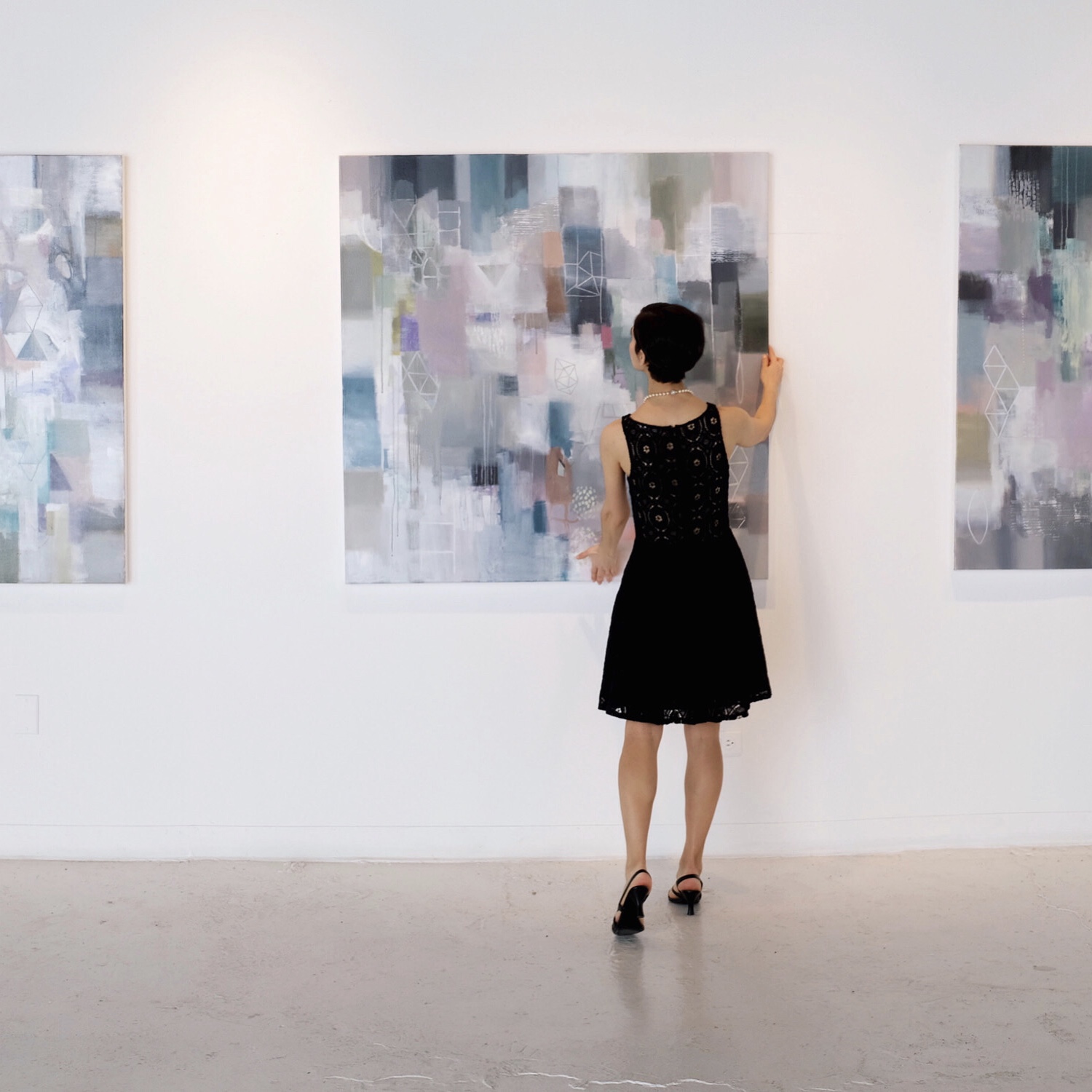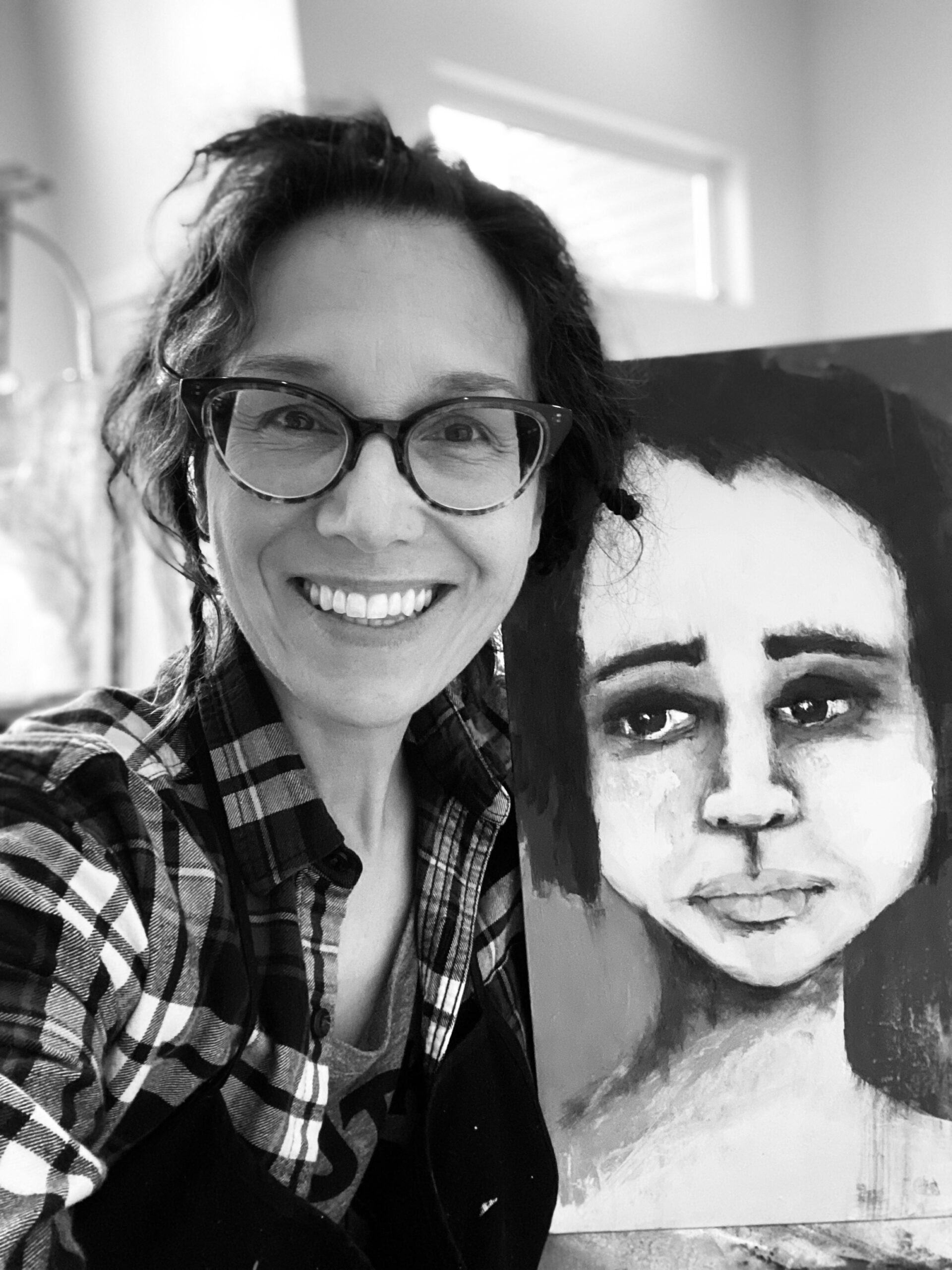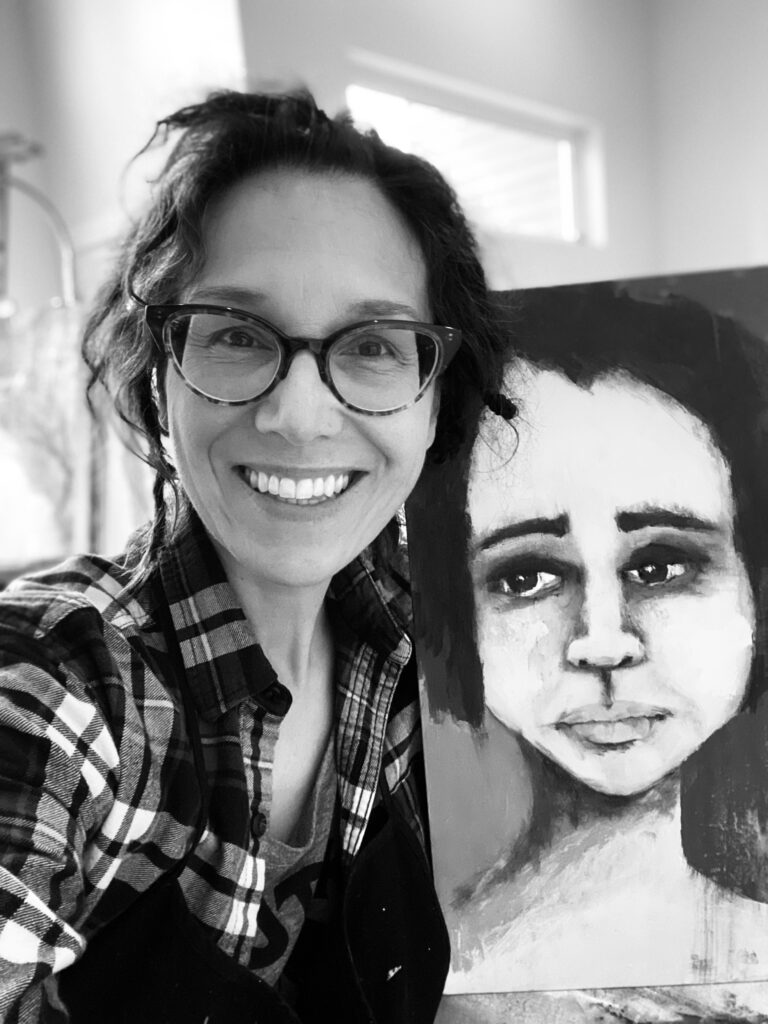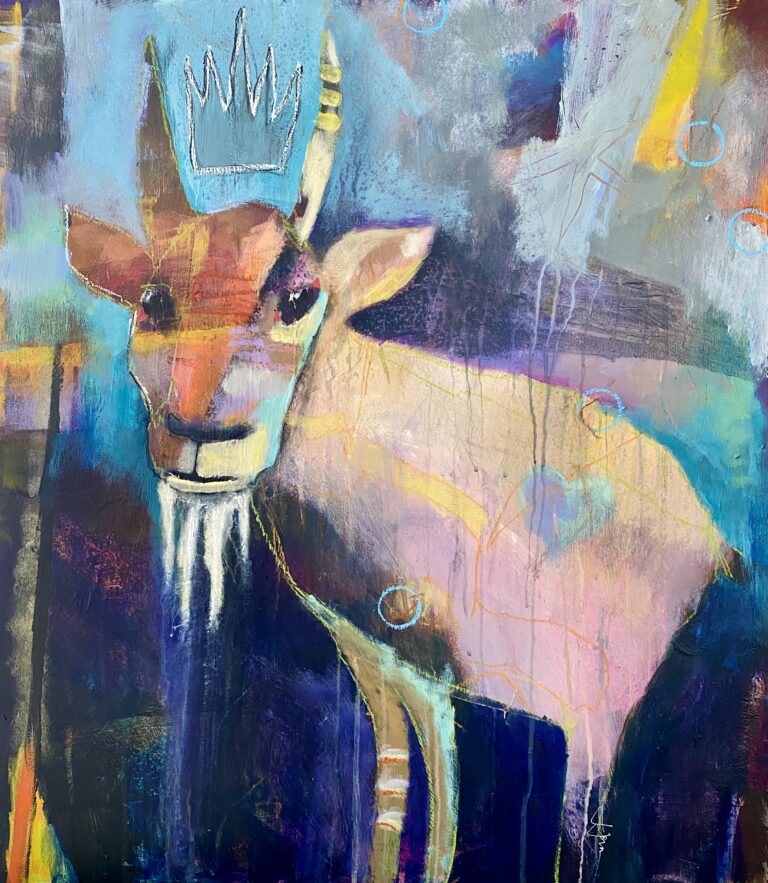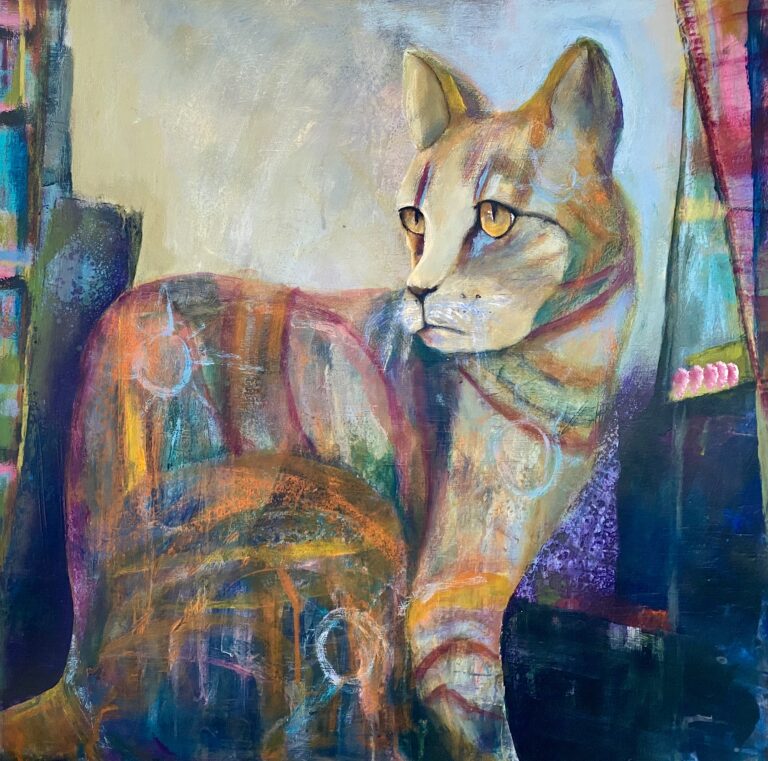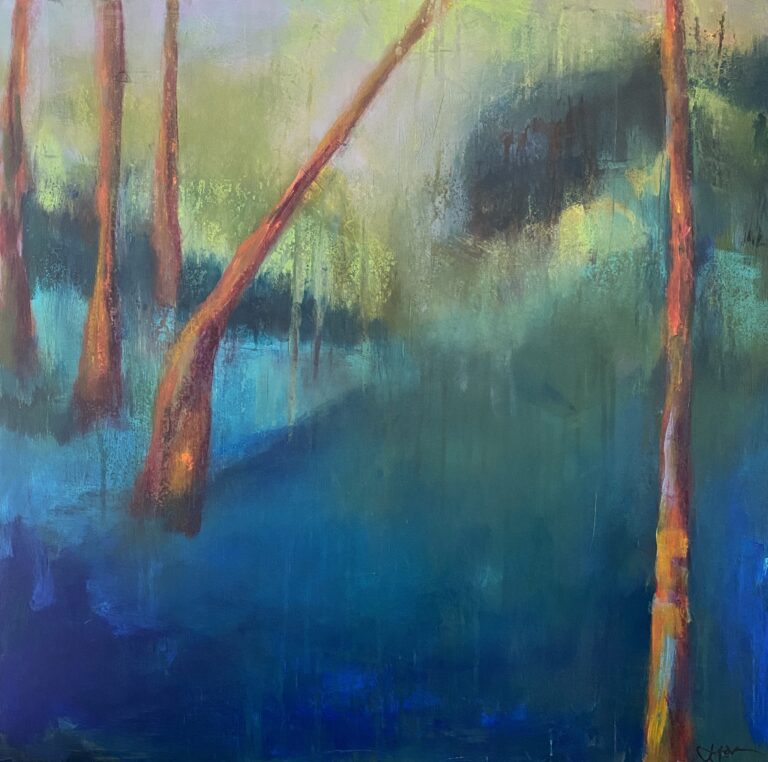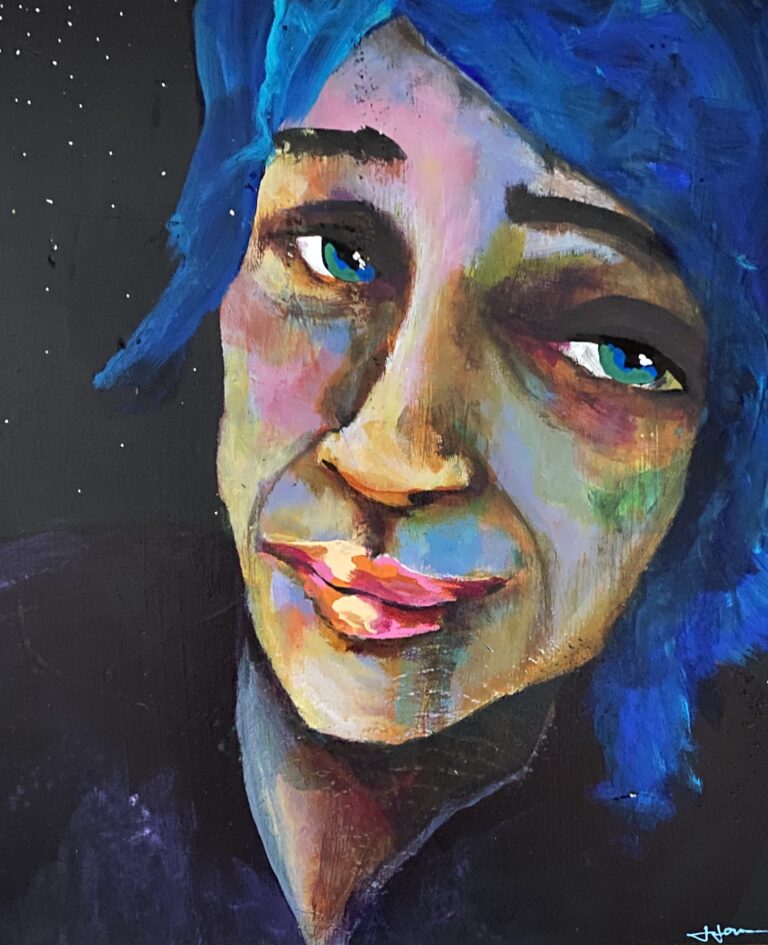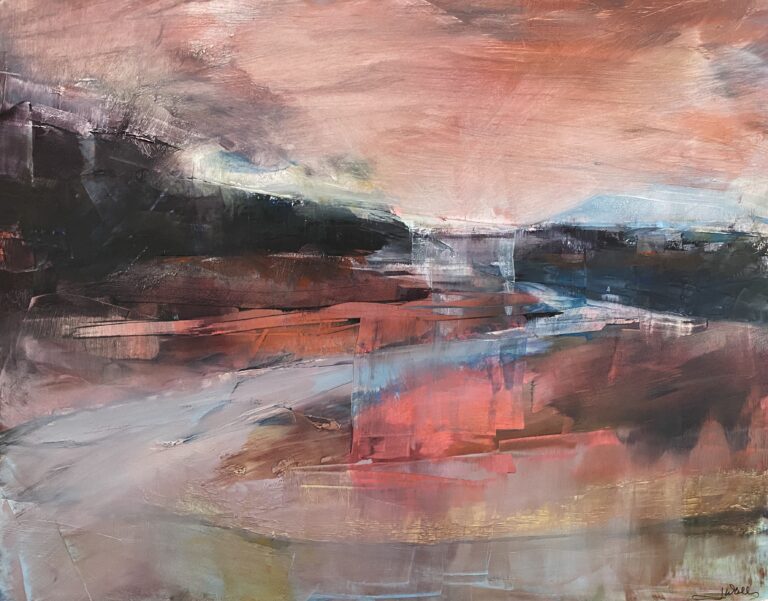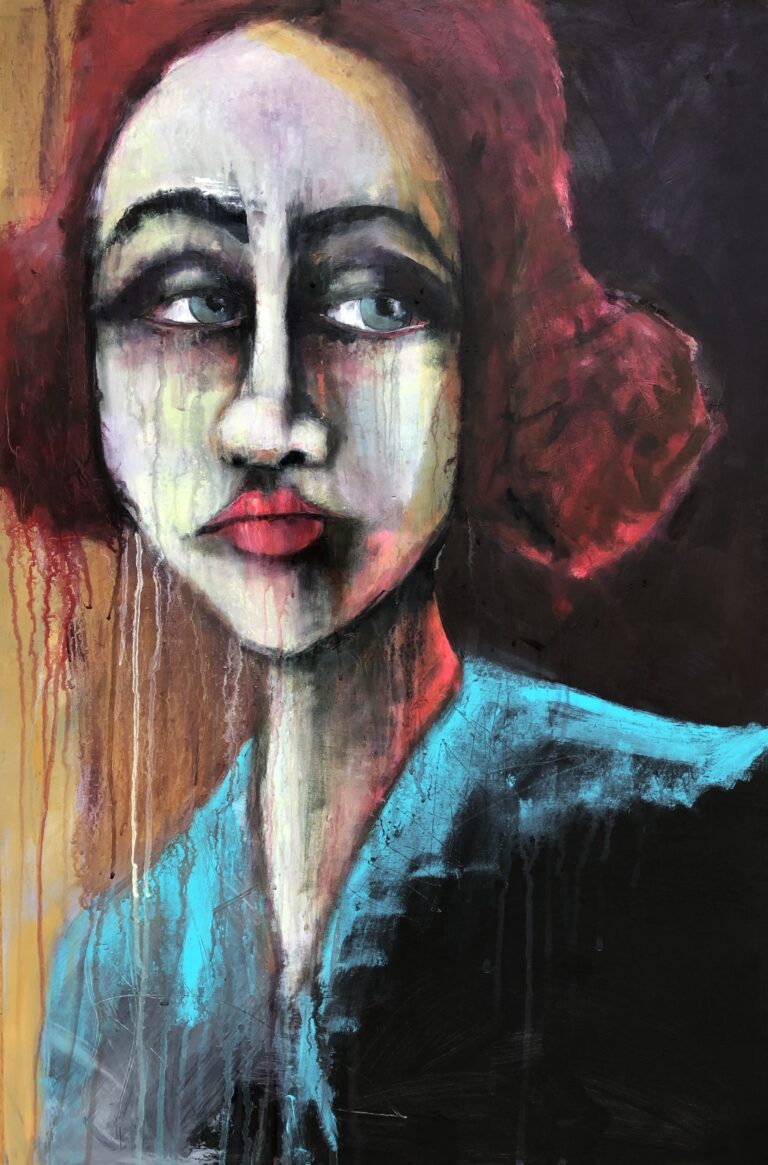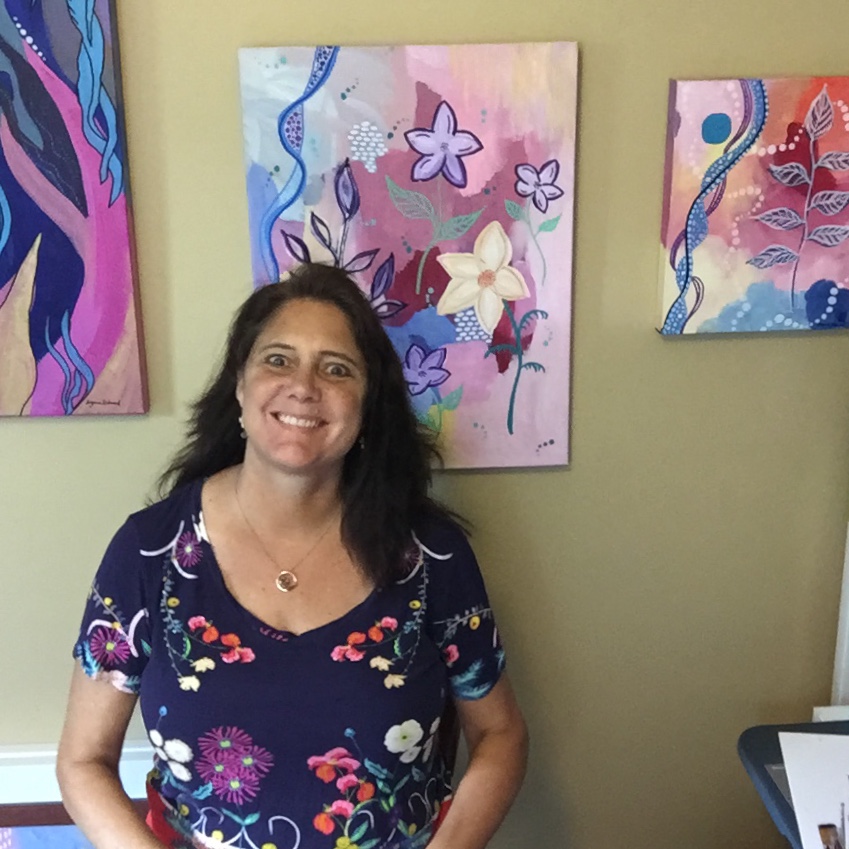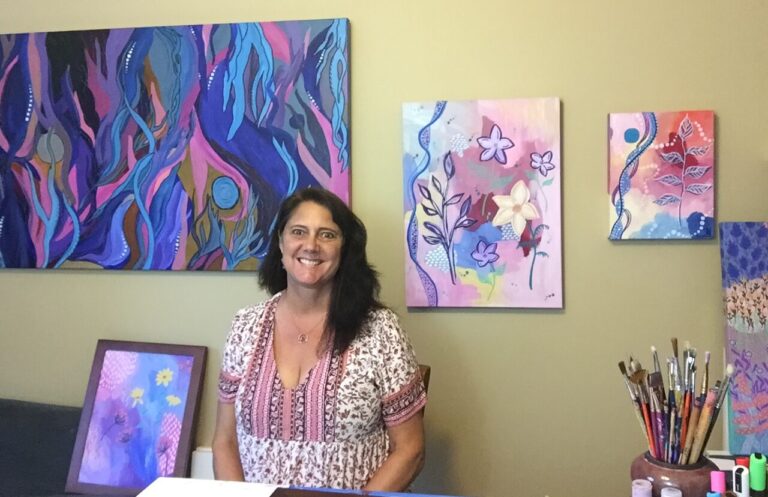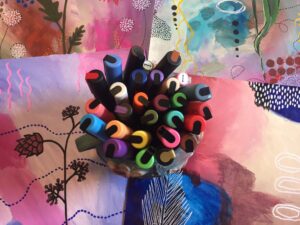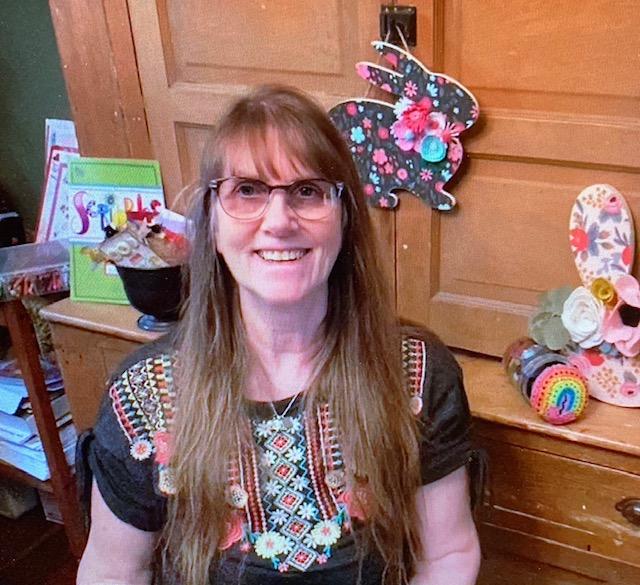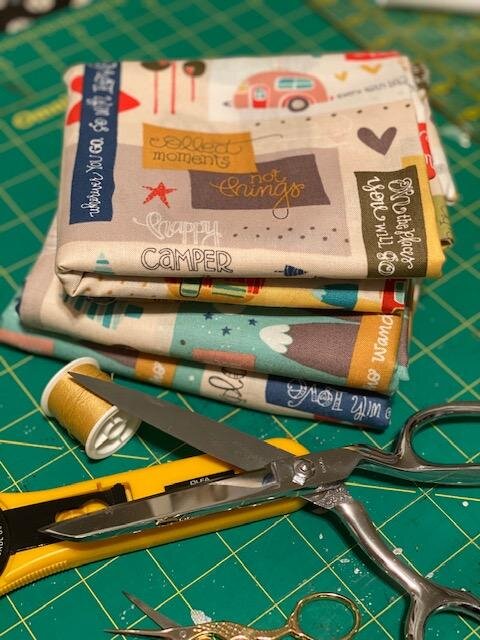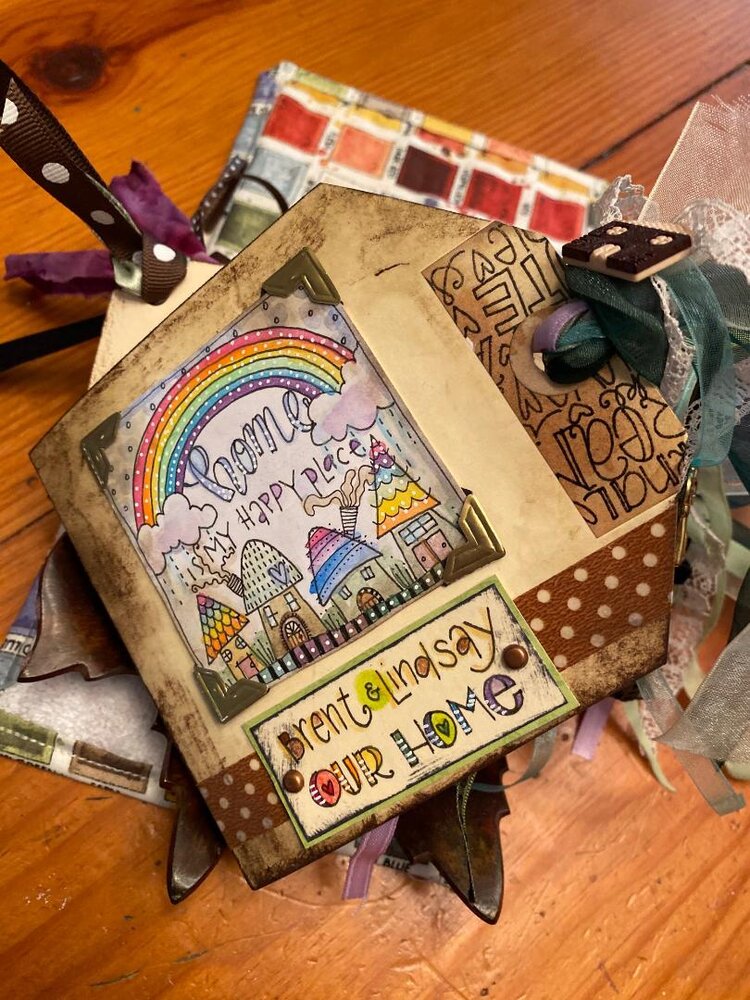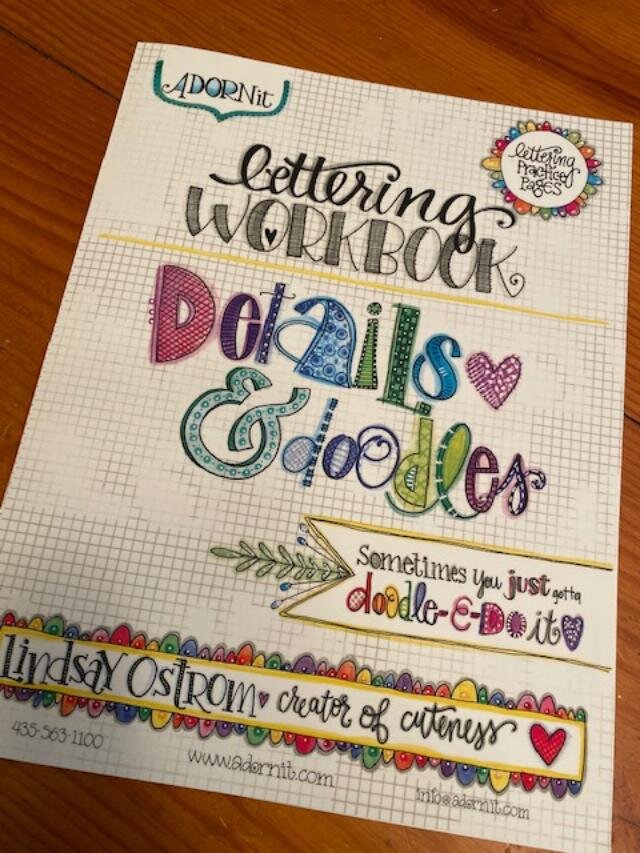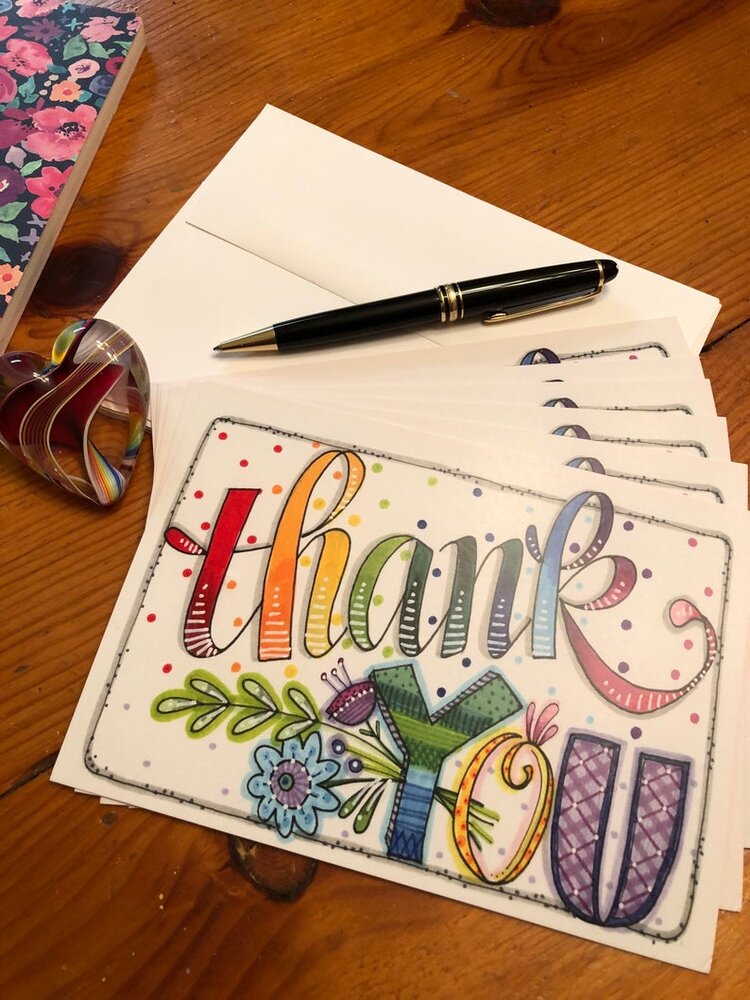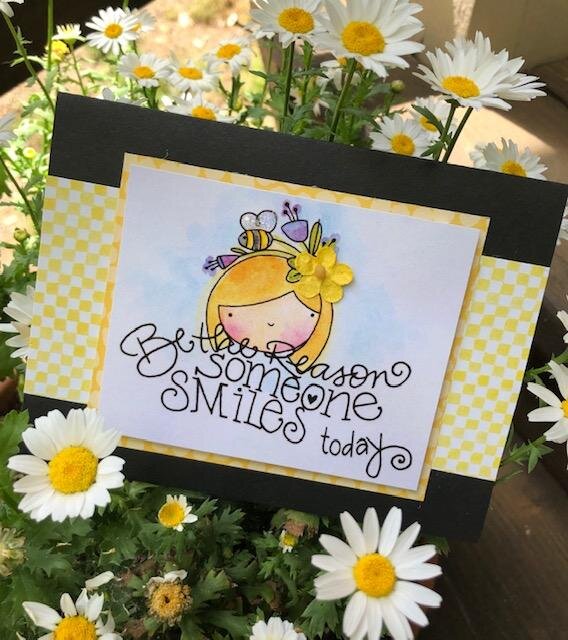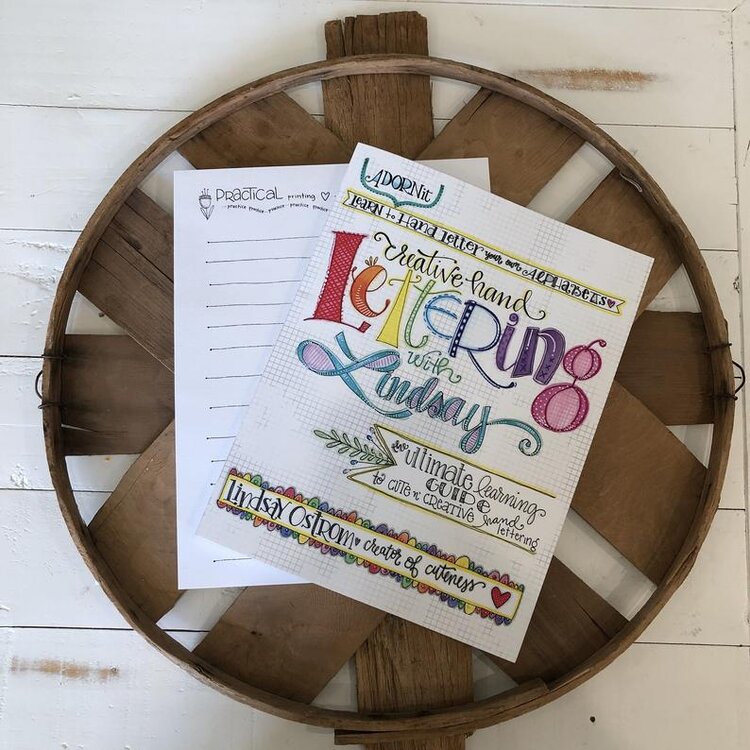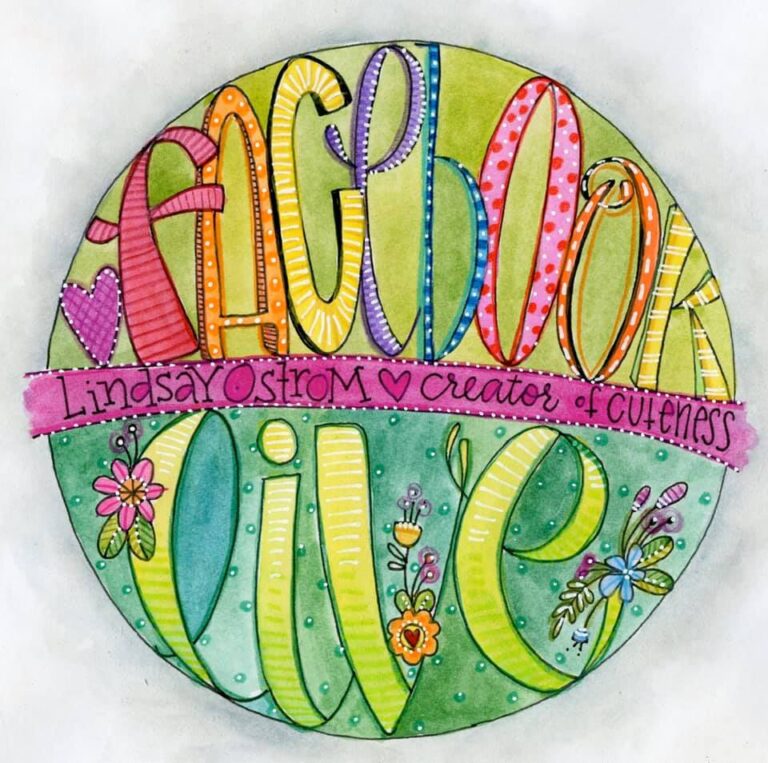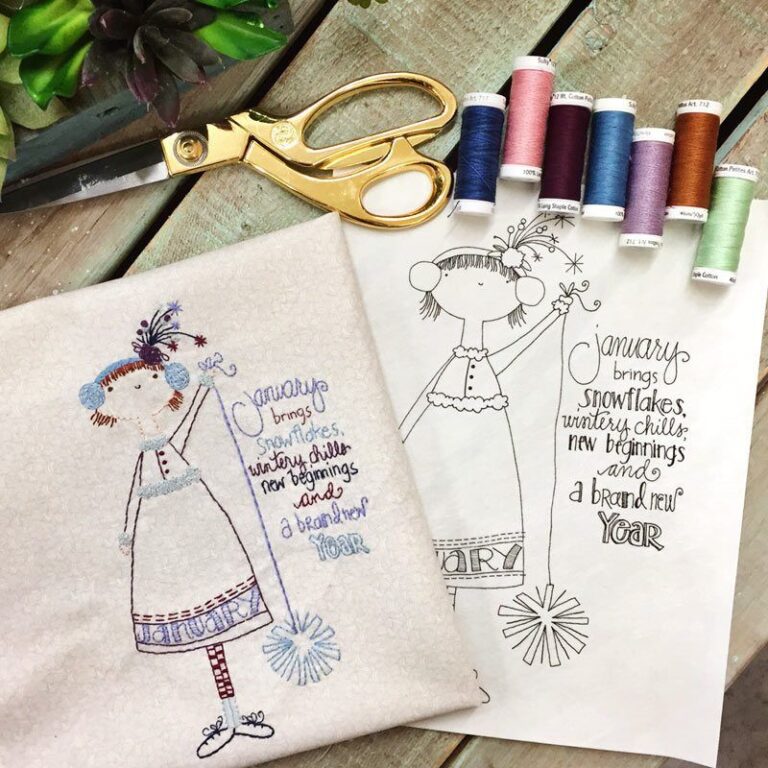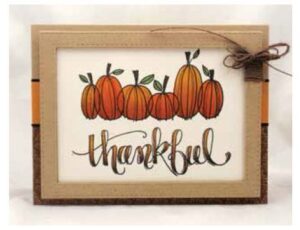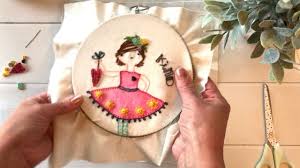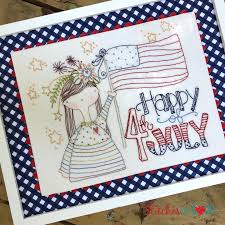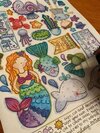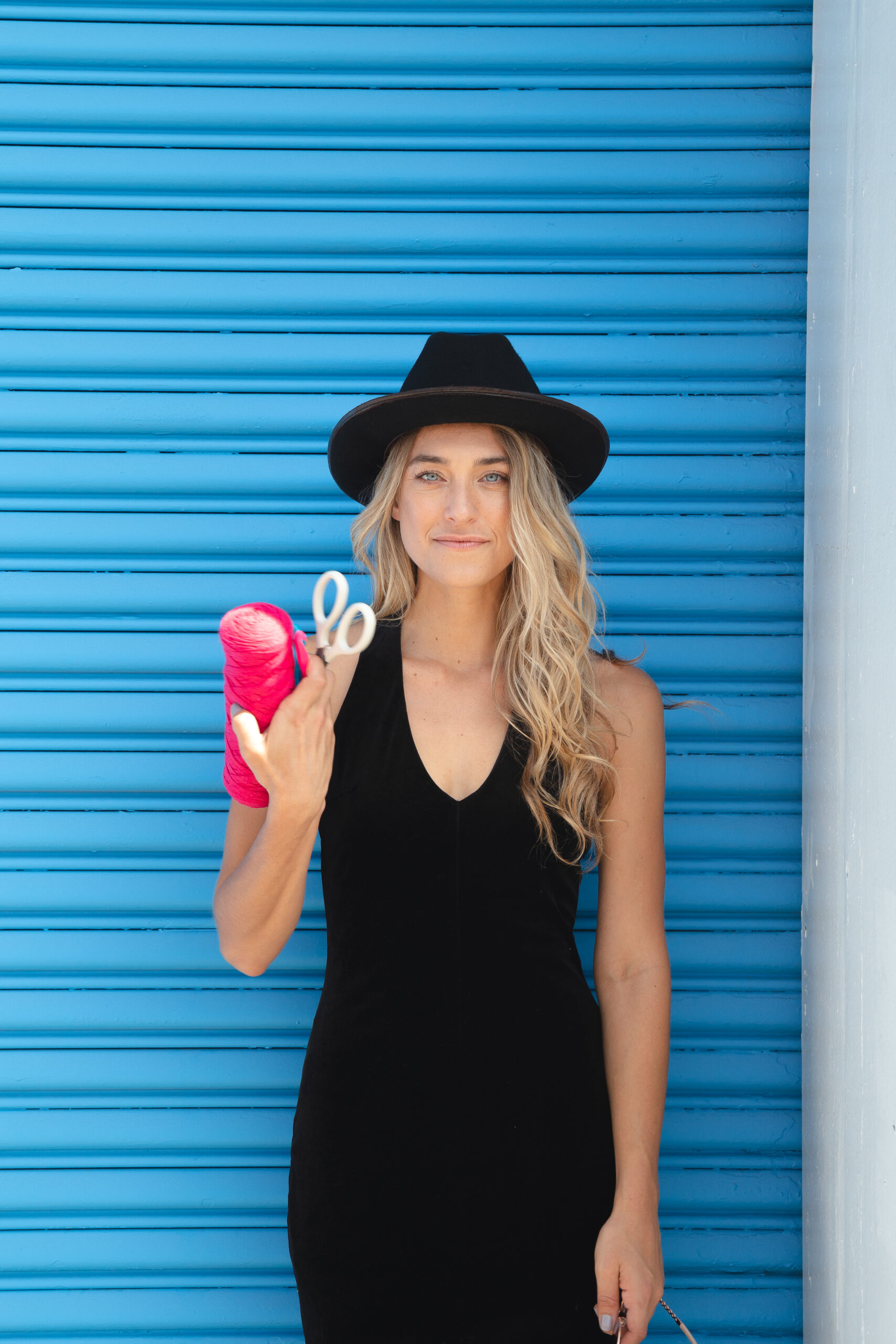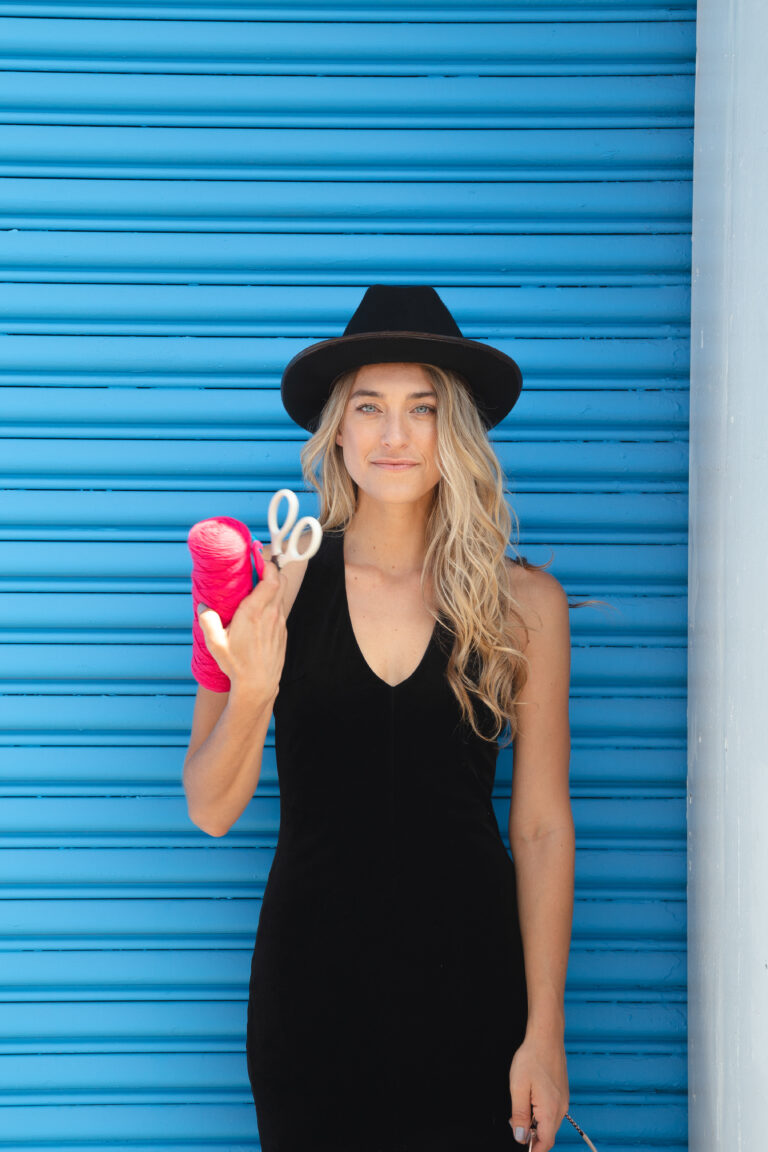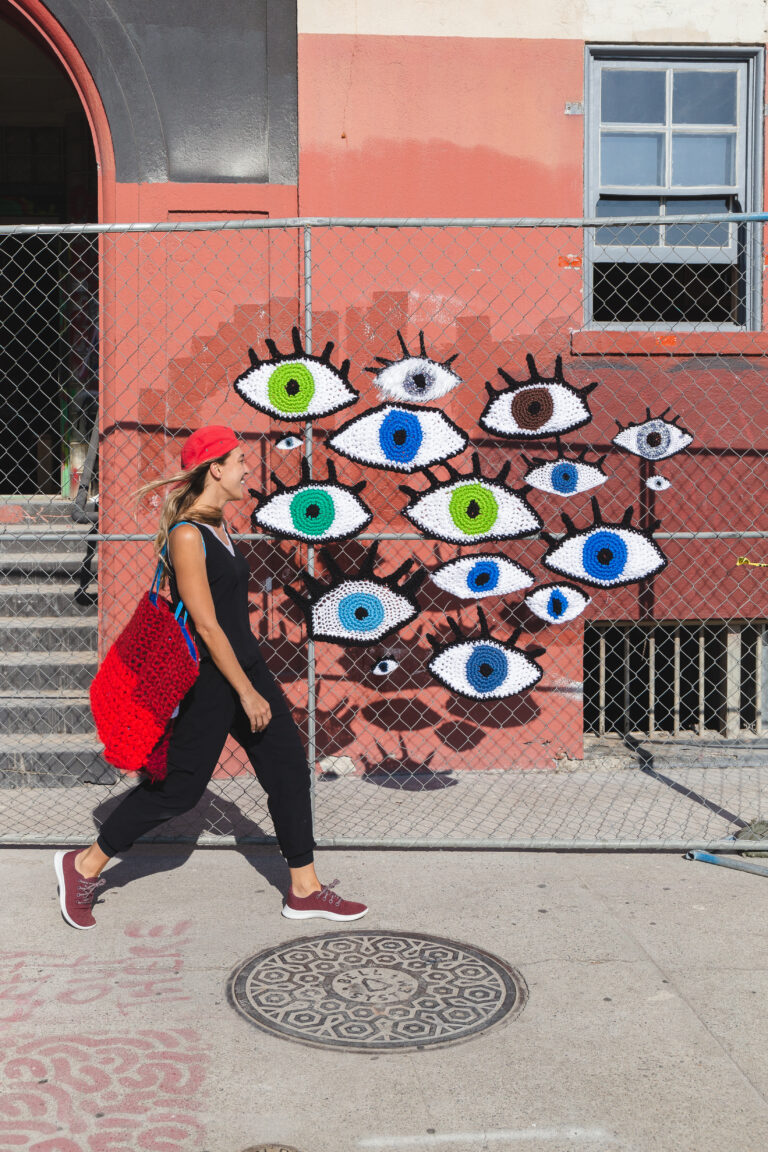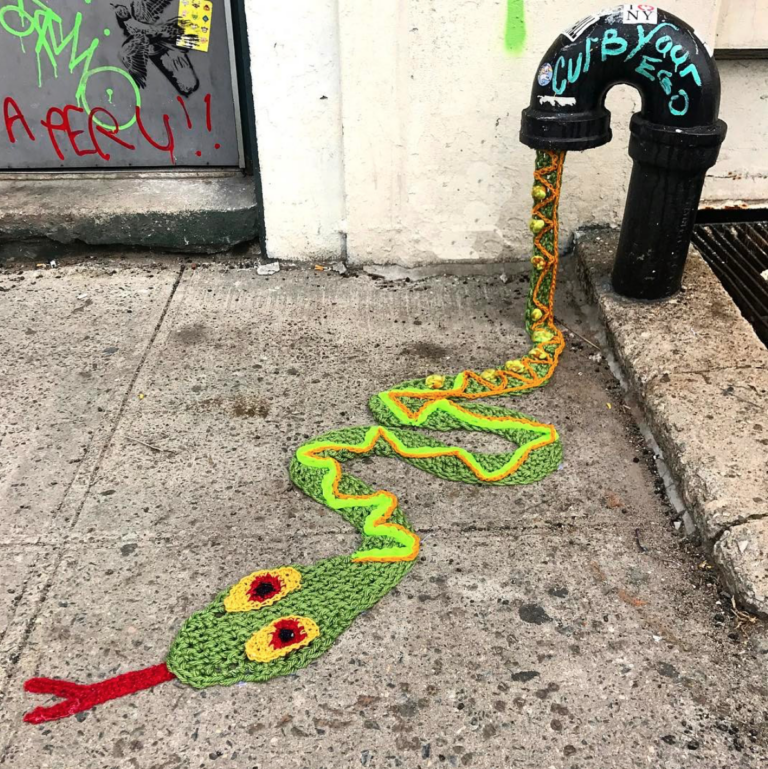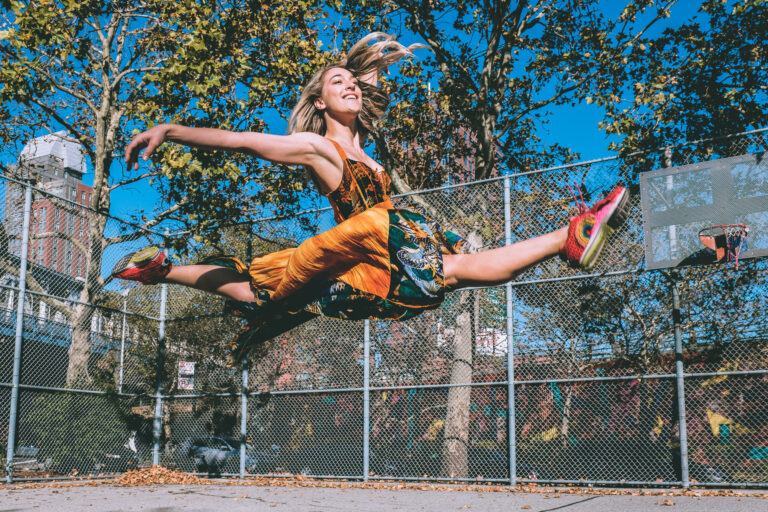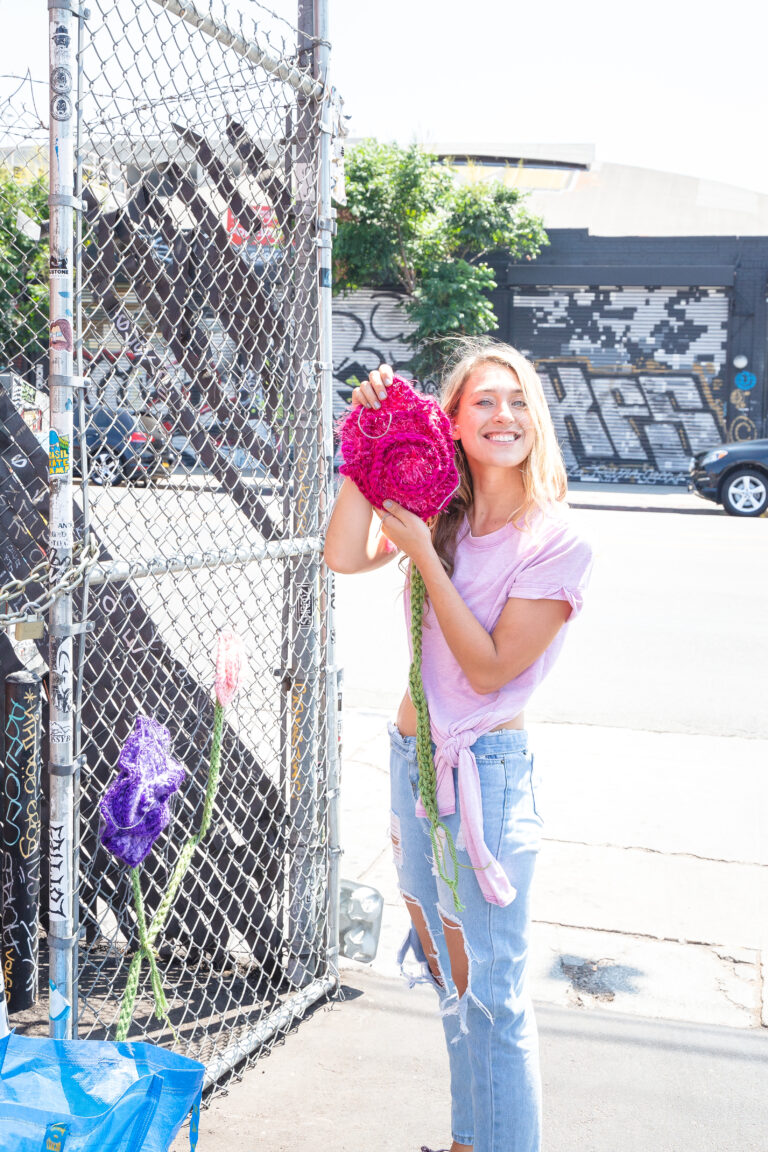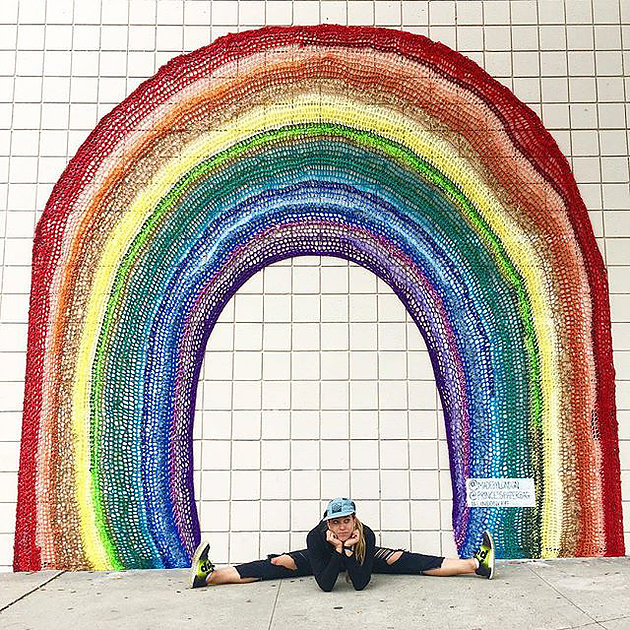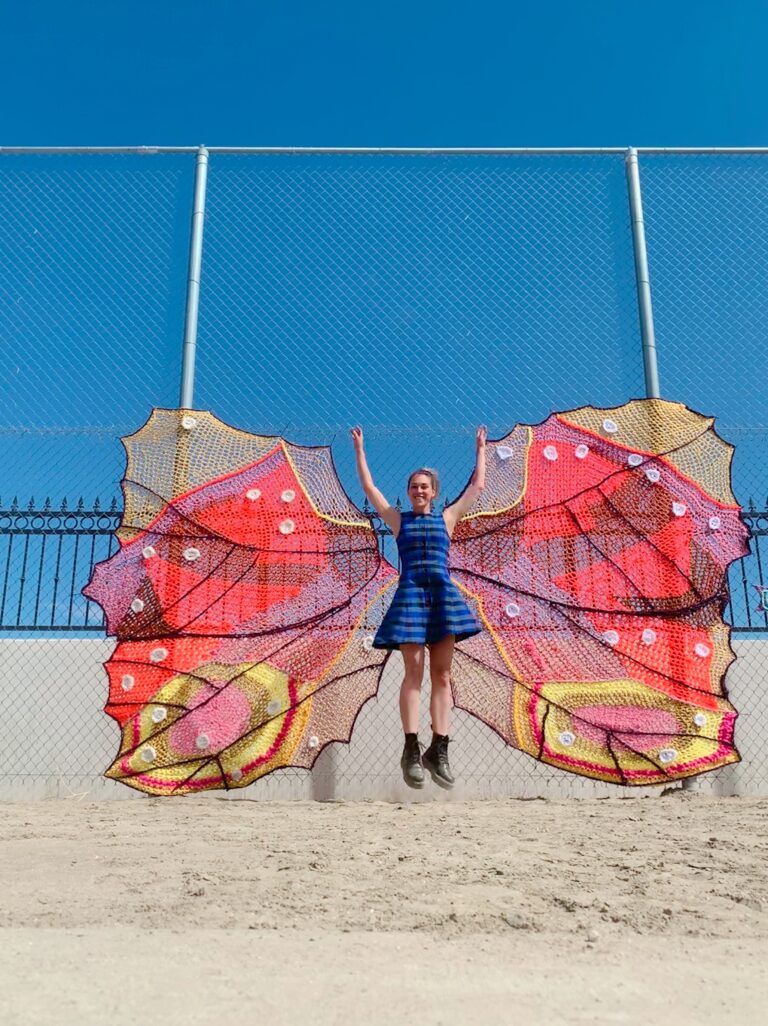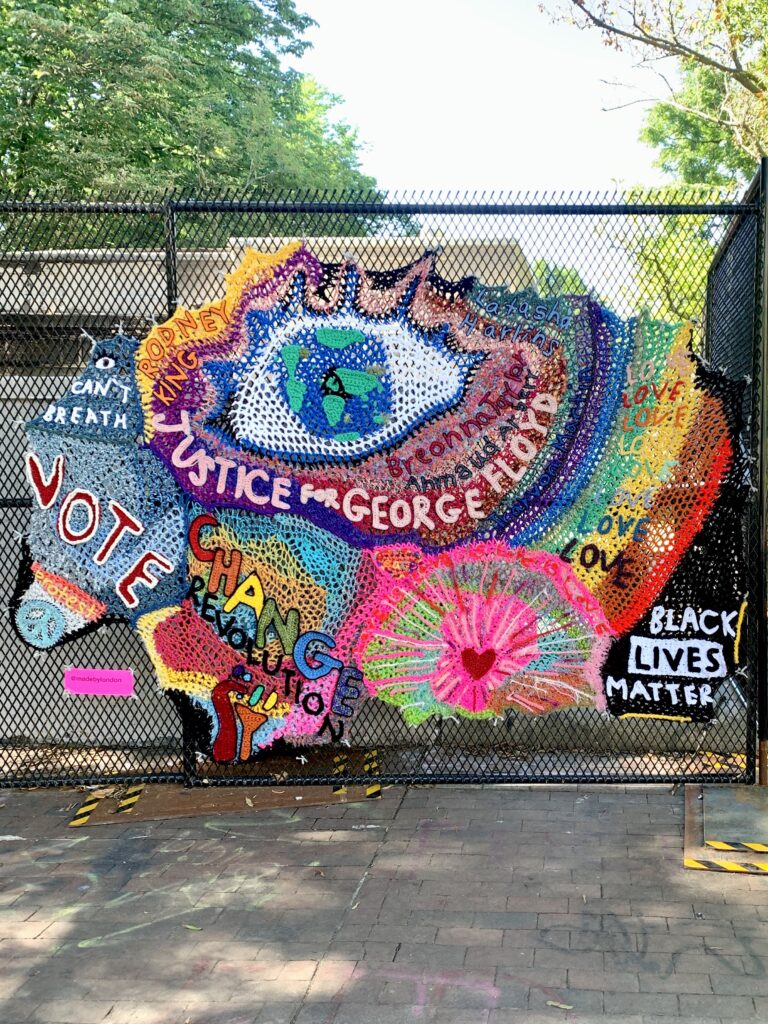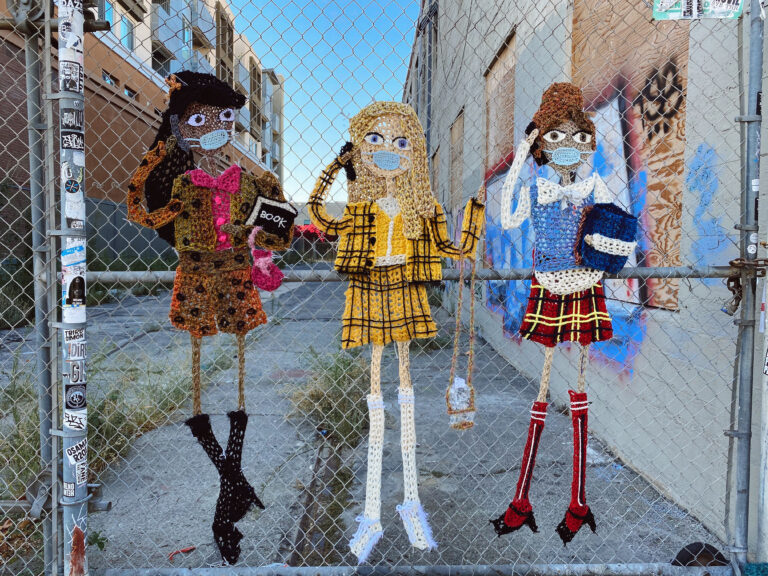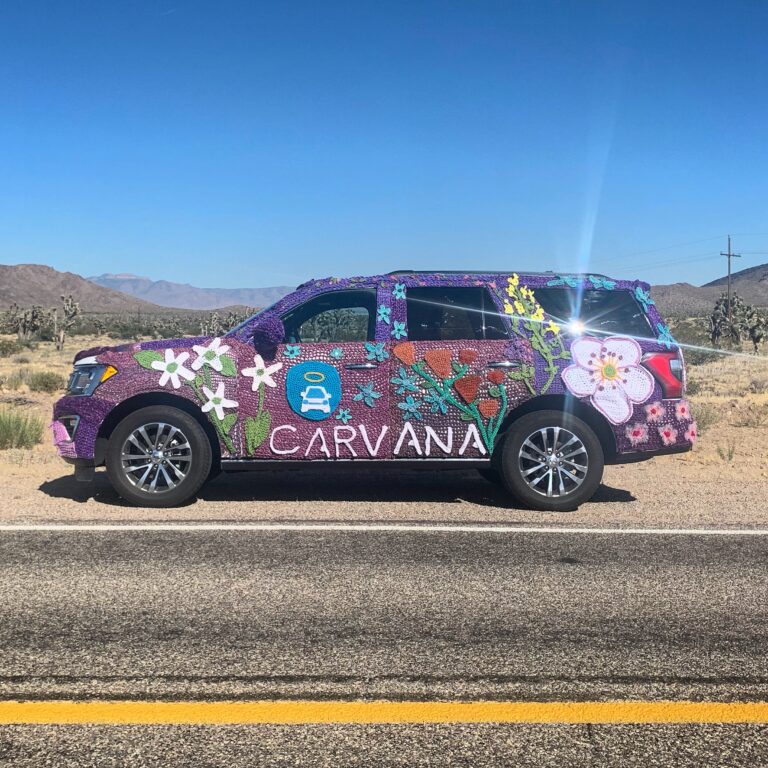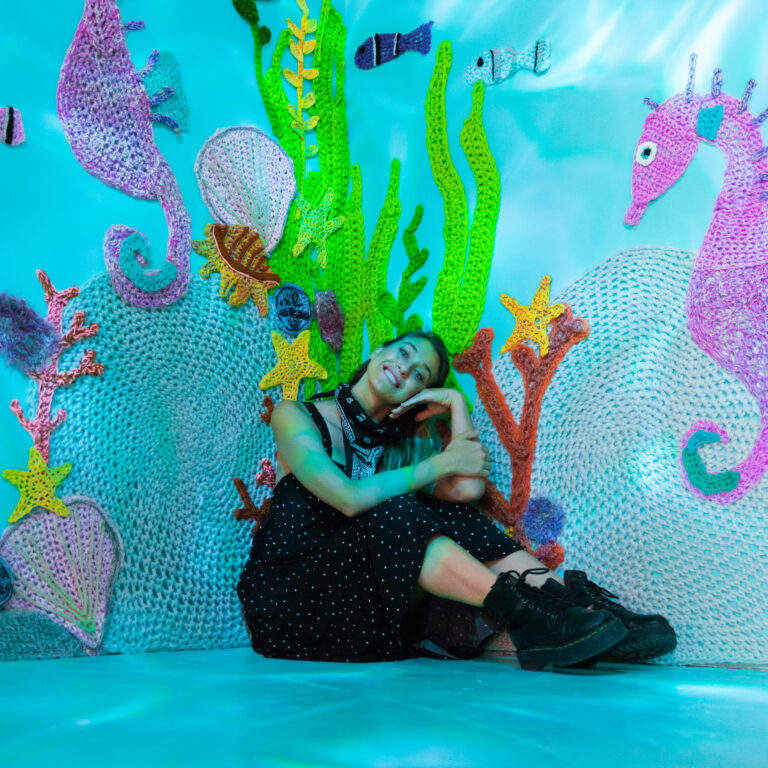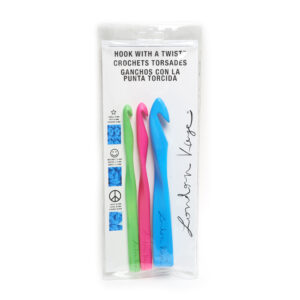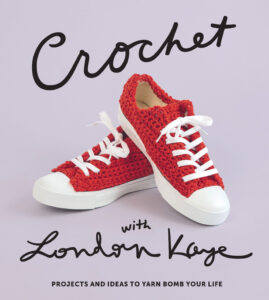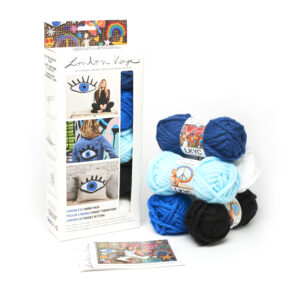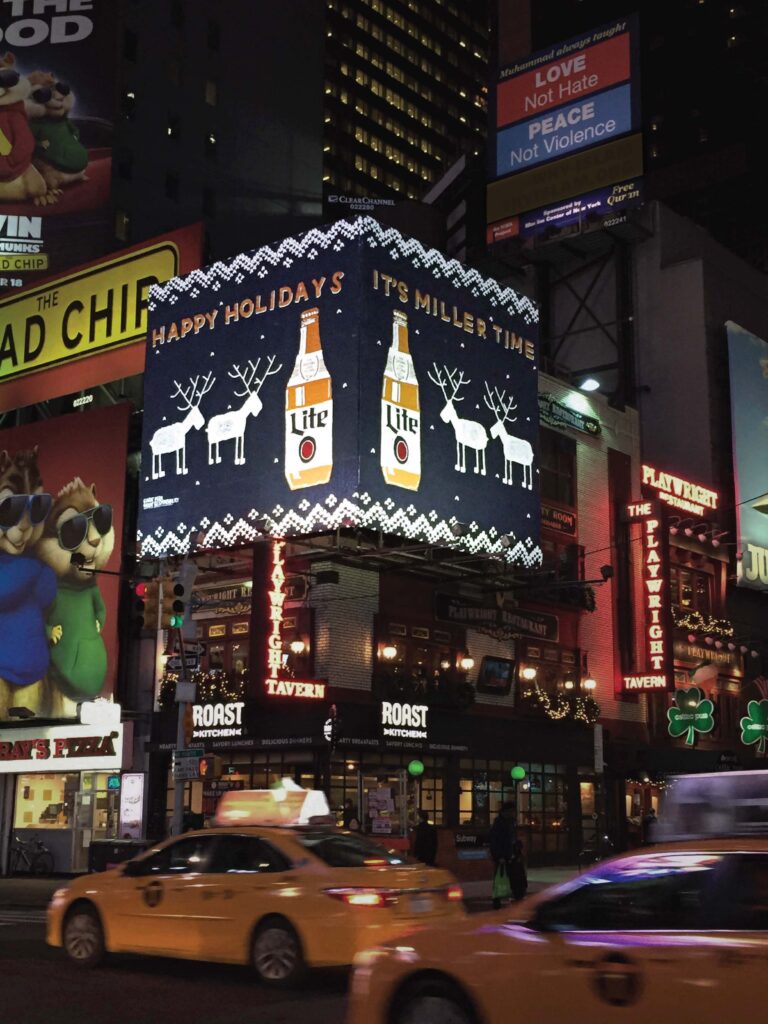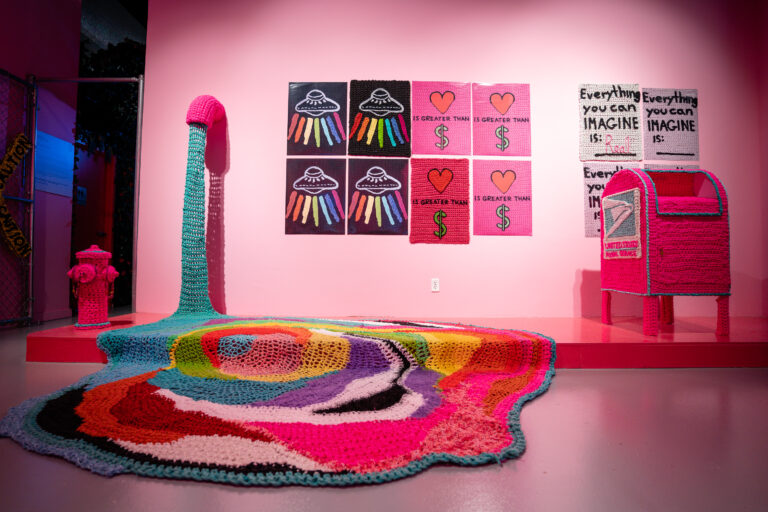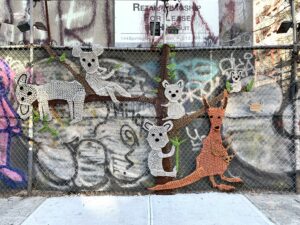#180 Sheila Arora: Intuitive Abstract Painter
Sheila Arora is an intuitive abstract painter from the Chicago area. She does a beautiful job of explaining her process, including how she chooses colors and how she develops her composition. A true Left Brain/Right Brain creative, she has worked for years in the area of finance, all while painting and developing her abstract style. She has shown her work in a Chicago gallery, and has shared her art with her thousands of Instagram followers. We also talk about studio space, the materials she uses, and the different substrates she uses to paint each of her collections.
Listen here or download from iTunes, Spotify, Google Play Music, CastBox, or Stitcher.
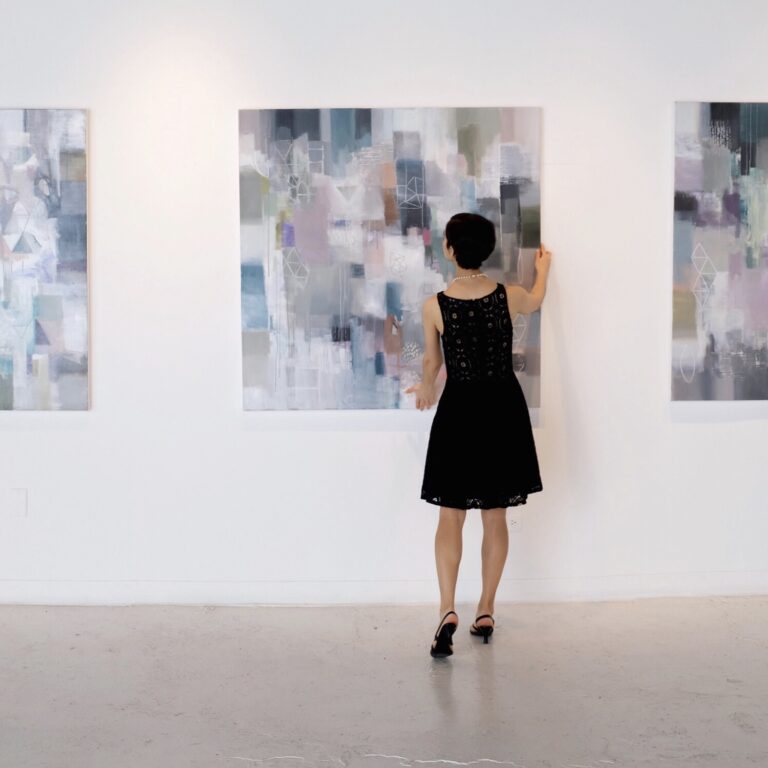
Sheila Arora
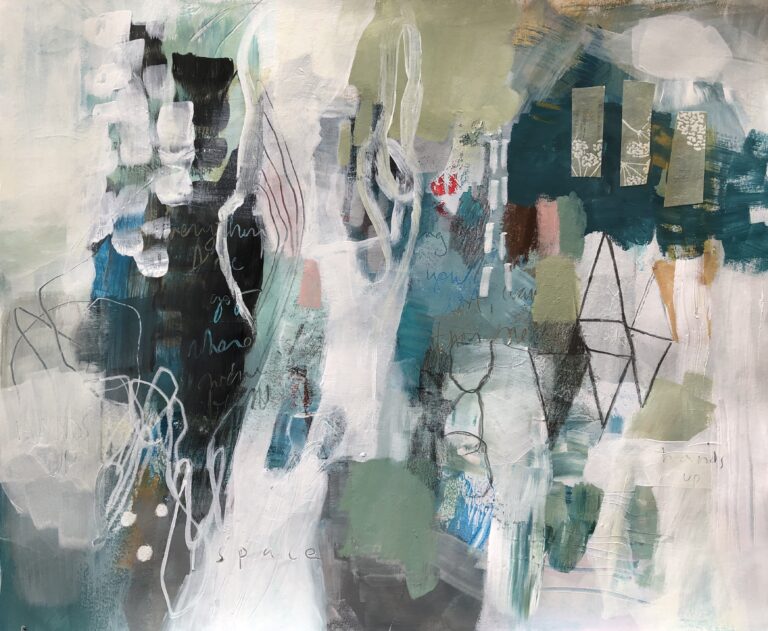
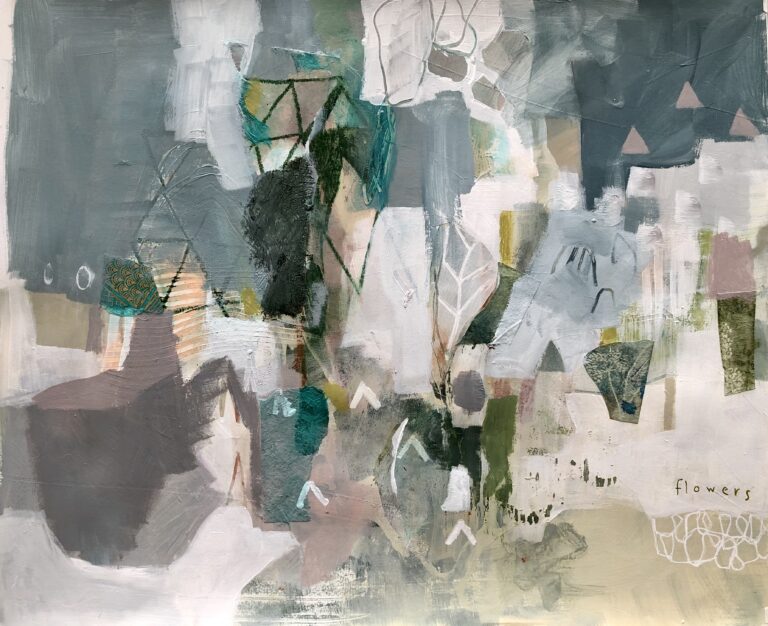
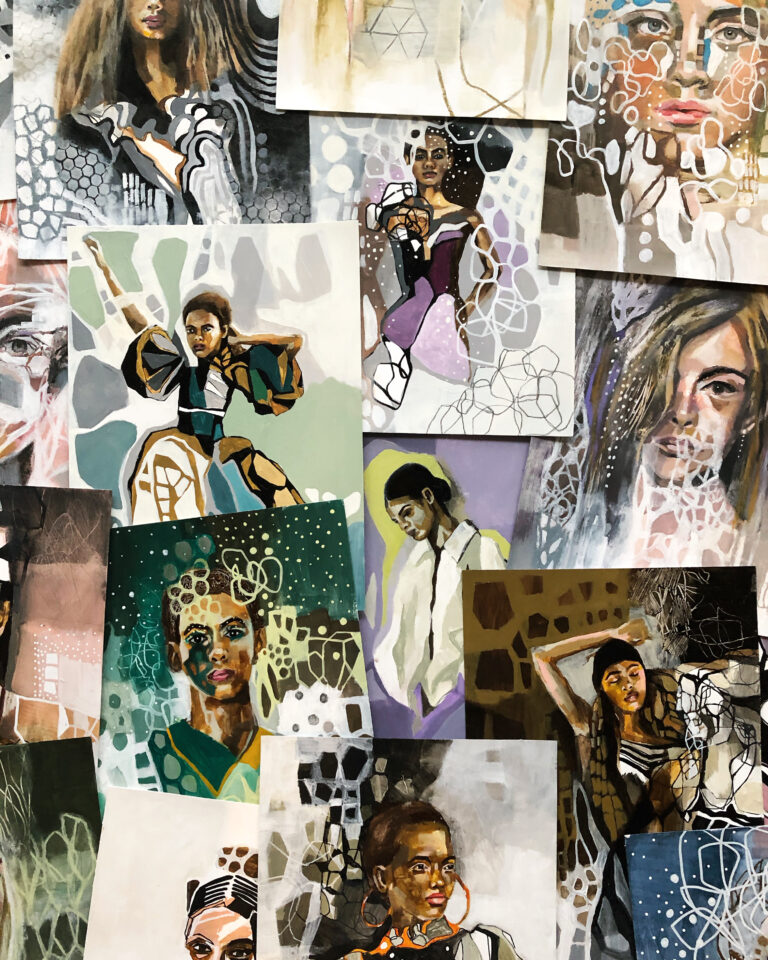
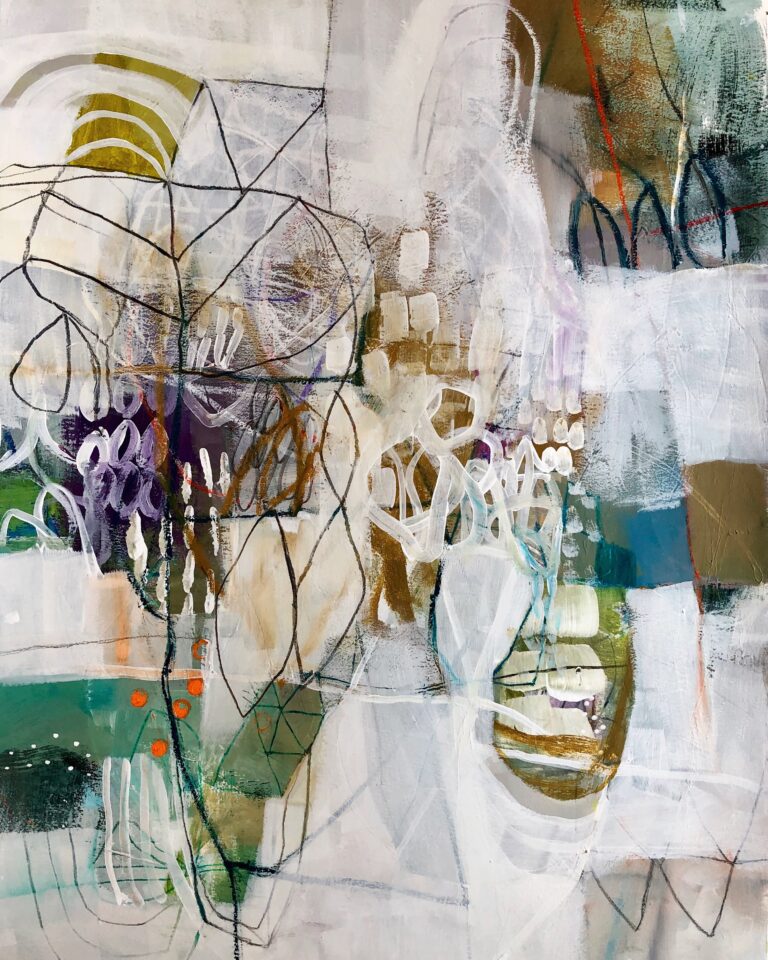
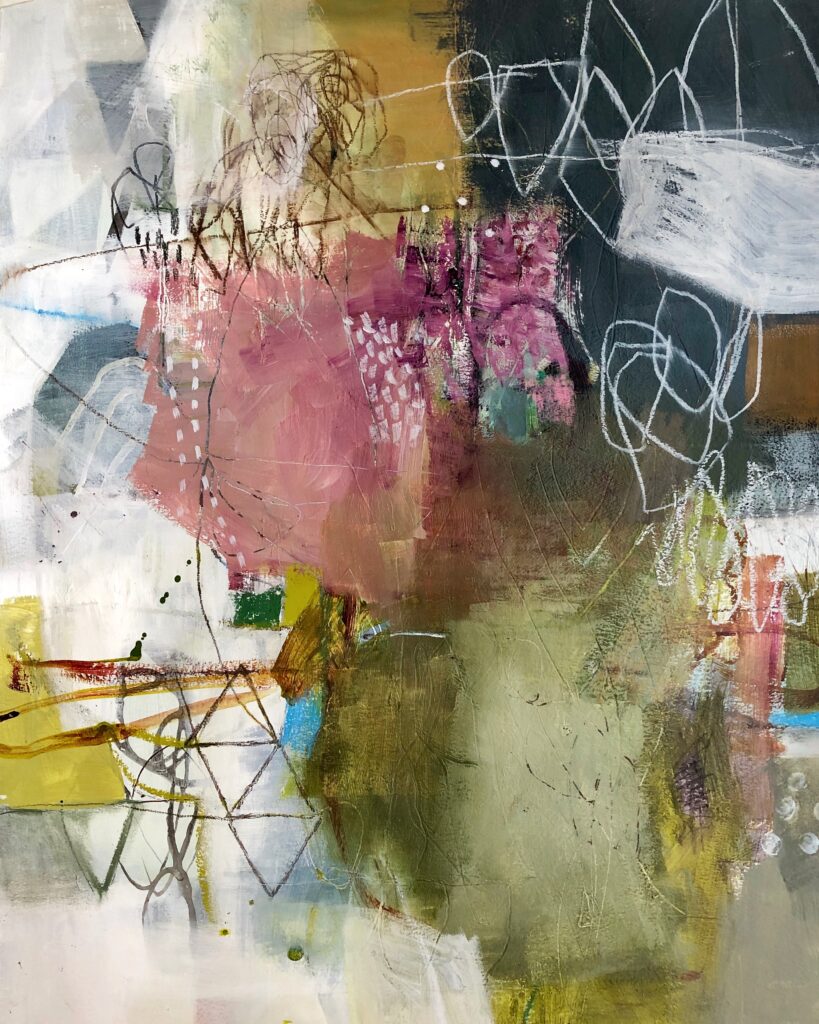
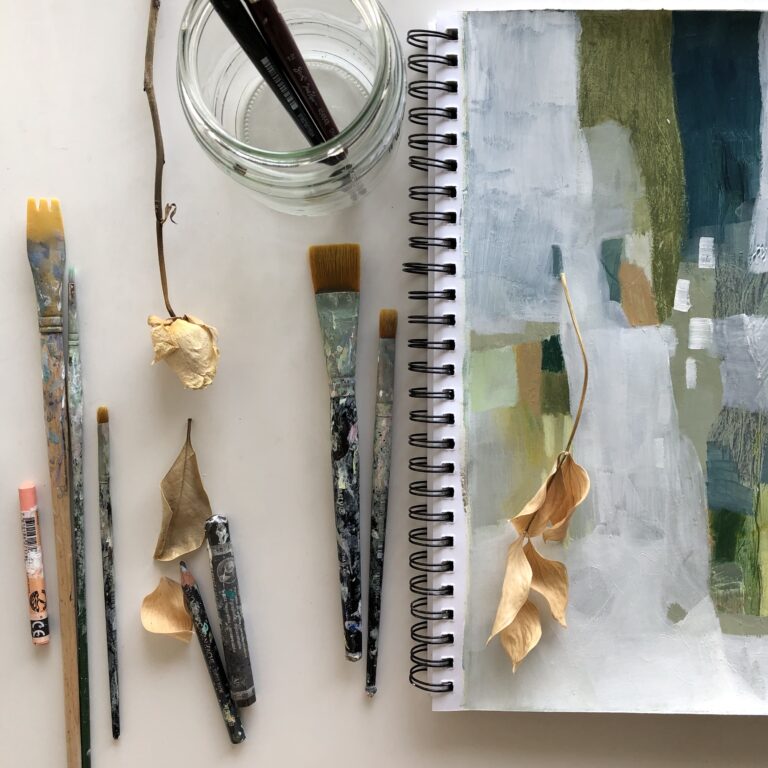
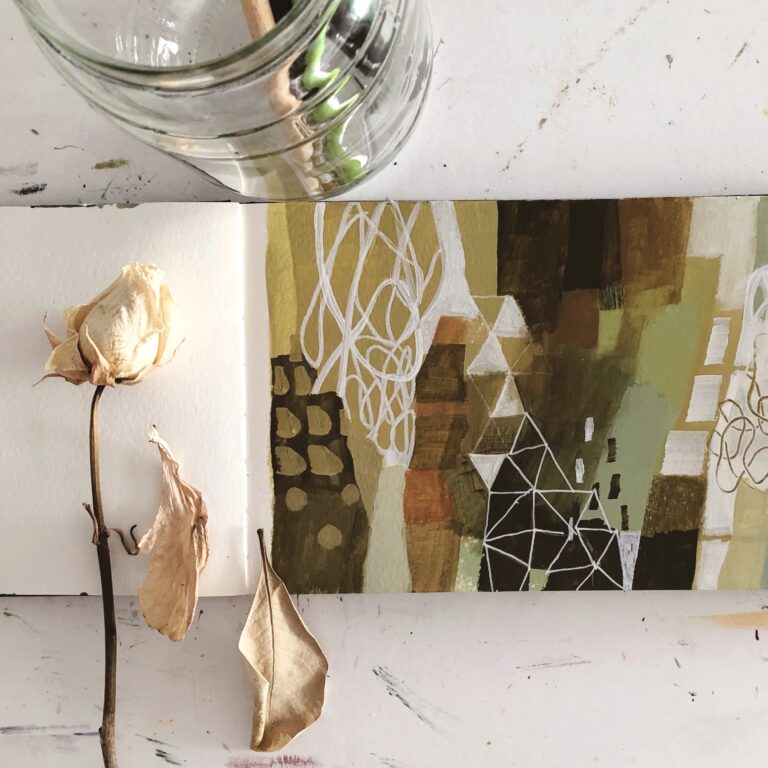
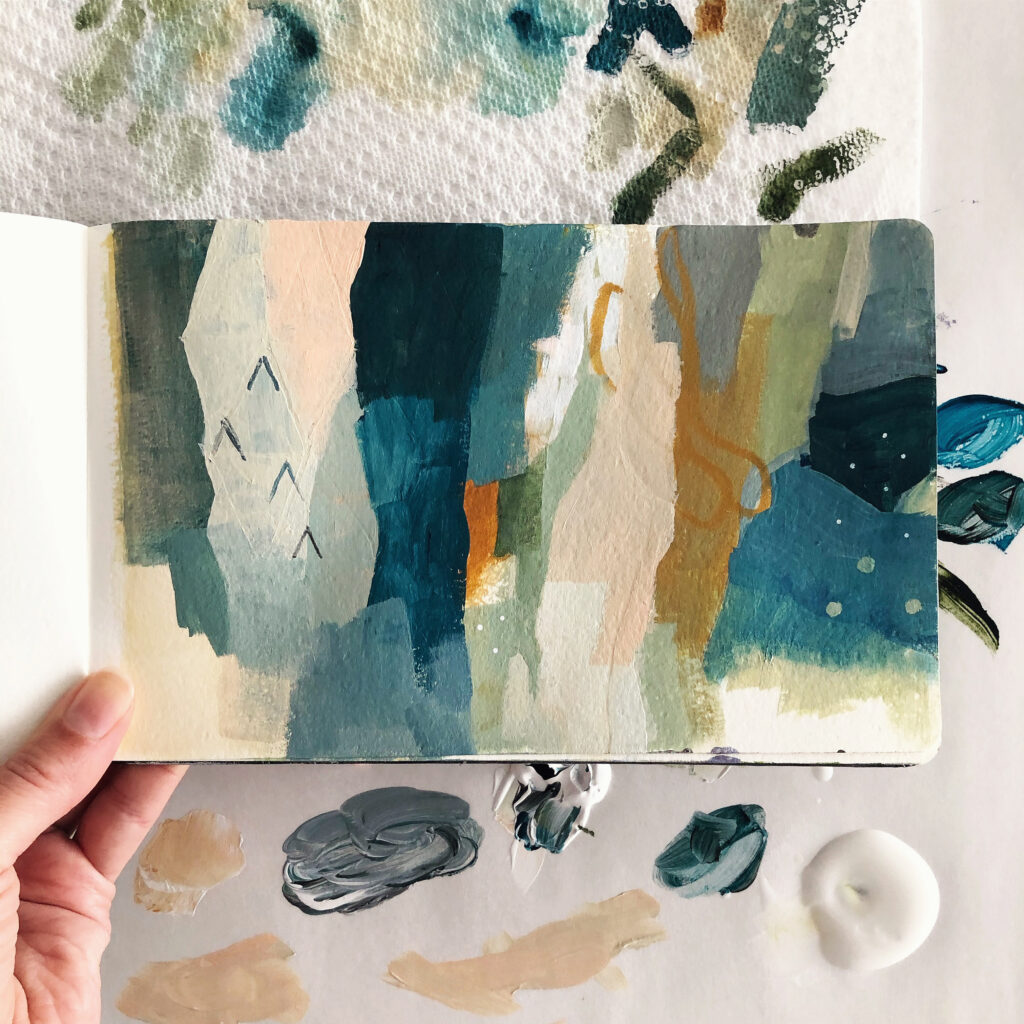
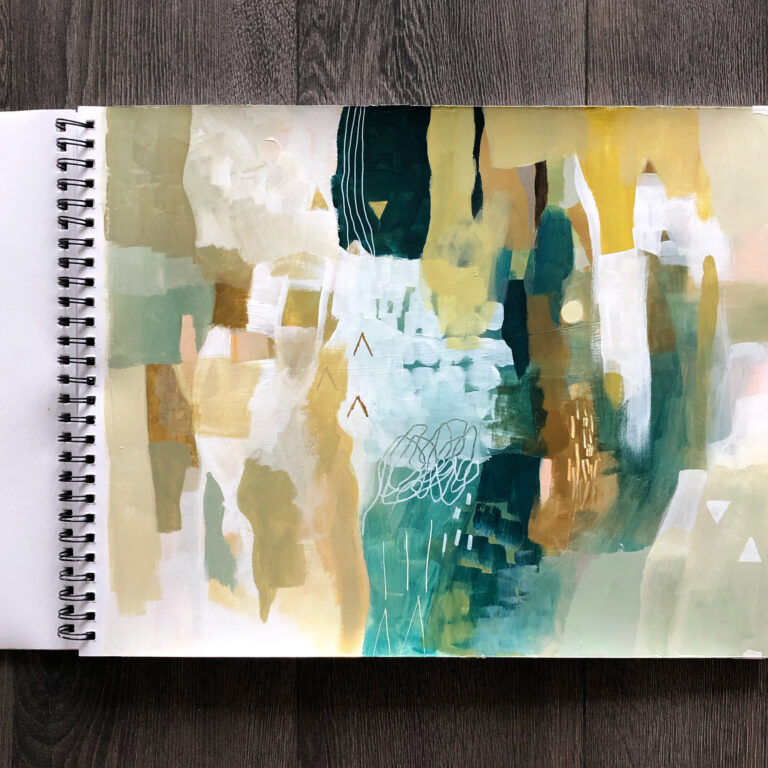
This is Sheila’s website: skarora.com
Instagram: @sheilarora
Facebook: Sheila Arora
Here are some great takeaways from our conversation:
- Don’t limit yourself to certain colors if many speak to you. You can always do different series for your different color palettes.
- Mark making is a way to add more interesting elements to your paintings. It can be done with many different tools and materials.
- Art journals are a great way to try out new techniques, color combinations, and designs. They’re not as big a commitment as it would be when painting on a canvas. They’re also a great way to tap into your feelings because you’re free to do whatever you want in it.
- Art journals can be any size you want. Sheila has been using one that is a spiral-bound pad of 14” x 17” paper. Try out a few of them to see just what type you’d like.
- Sheila also paints on really large papers, currently 4’x5’. She’s found an easy way to paint on paper that large is to thumbtack it to the wall.
- She also noted that you don’t have to have a perfect studio or tons of supplies to make art. She just needs a little space, and even if she just had only a couple of colors, she could still make art.
- Sheila has found she gets a lot of Instagram engagement when she does Instagram Lives. You can also easily add music to your videos to make it more interesting.
- She also utilizes something new in Instagram called Instagram Reels. That just launched in August. It’s a way to create fun multi-clip videos with audio and effects. If you can’t find it by clicking on the camera in Instagram, it may be that it hasn’t been rolled out to your account yet. Make sure you have an updated version of Instagram, and eventually it will come to you.
- It’s a good idea to paint collections, so you have similar works that can be displayed together. Sheila makes about 30 paintings for each collection, and they will be on the same substrate and similar size.
- Sheila believes that if you lean into your intuition when making art, you’re able to get past overthinking a piece and you get into the feeling of a piece. Again, this is something that will come to you the more you practice and make more art.
- Sheila knows a painting is done when the composition looks complete and the colors are balanced. This may not seem like a specific answer, but it makes sense to me. You’re doing the painting, and you will know when it feels done to you.
- A new material Sheila has been using is Liquitex Acrylic Inks. They can give a thin translucent layer on top of your acrylic paints, and can be dropped or brushed on. You can also mix them into your other paints to create a new tint.
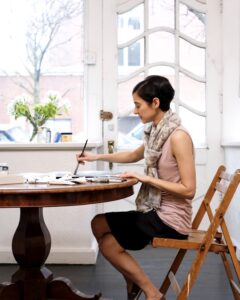
- Post category:Season 3/Show Notes
